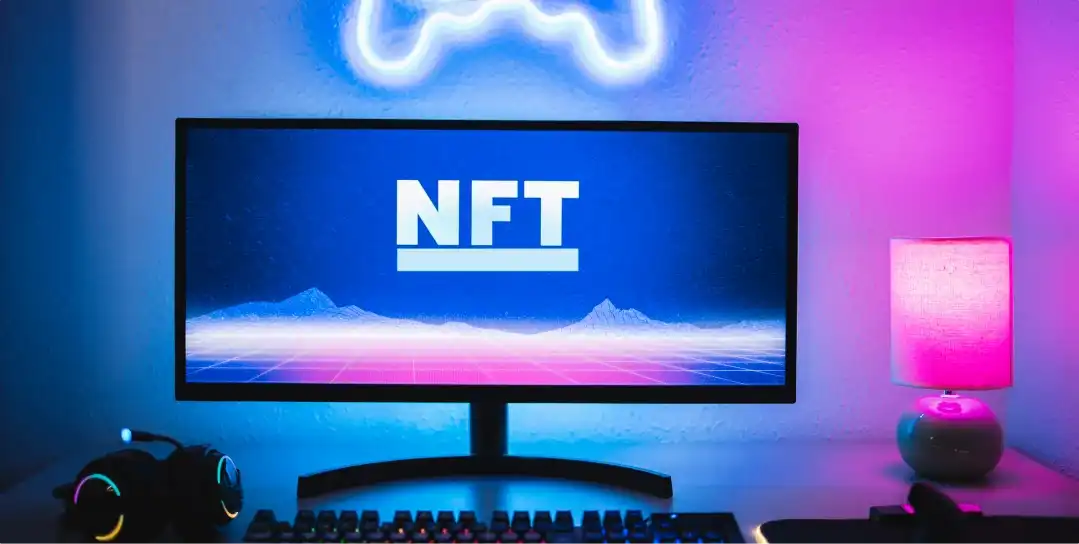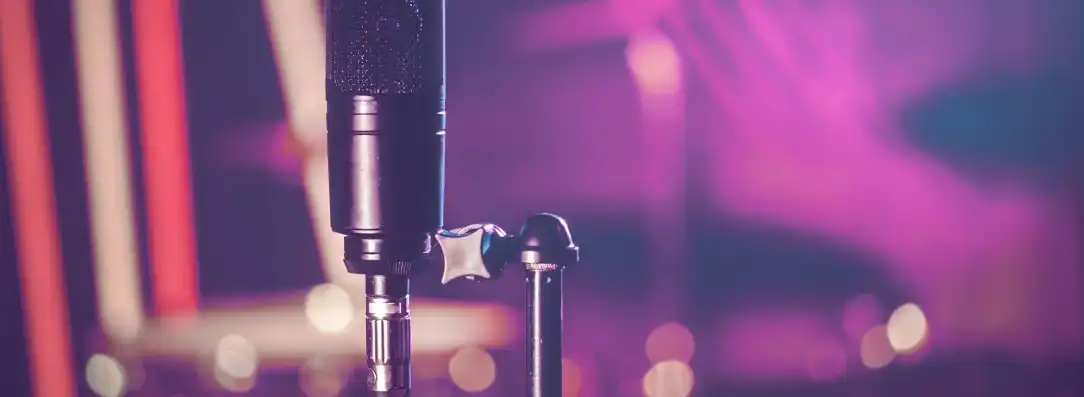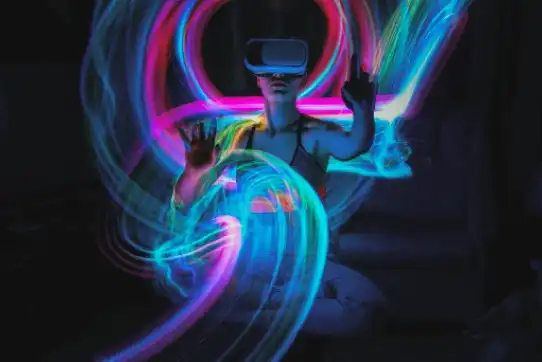How Independent Musicians Can Leverage NFTs To Their Benefit
The most significant digital disruptor since streaming platforms, NFTs, or non-fungible tokens, are set to alter how music is created, shared and owed for good. NFTs have the potential to change the relationship between independent artists and their fans.
Paving the way for a direct transaction between the people who create music and those who consume it, NFTs provide emerging artists and independent musicians a new way to connect with fans without having to necessarily depend on the middleman.
Here, we look at how independent artists can use NFTs to further their careers and how SmartLabel is operating on this frontier.
Paving the way for a direct transaction between the people who create music and those who consume it, NFTs provide emerging artists and independent musicians a new way to connect with fans without having to necessarily depend on the middleman.
Here, we look at how independent artists can use NFTs to further their careers and how SmartLabel is operating on this frontier.

NFTs and Independent Artists
What are NFTs?
- NFTs are digital assets that exist on the blockchain.
- These assets contain digital information, which can be anything from a song recording to an image or contract, which is then put on a blockchain.
- Different marketplaces like Fanfare.FM let independent artists create or mint their NFTs.
NFTs represent the arrival of a third music model, which returns ownership of the music to the artist. Devised around the model of scarcity, NFTs drive up demand among fans and collectors, making it easier for artists to produce an income. As the NFT community is open and inclusive due to its decentralized nature, NFTs let independent musicians tokenize and offer their work straight to those who support and appreciate their work, providing a new avenue for them to make money outside traditional mediums and platforms, such as Spotify.

NFTs and Master Rights
As NFTs are kept on blockchains, which are digital ledgers, they contain records of all transactions of a particular token. Providing a transparent way for independent artists to conduct business, one of the main draws of NFTs is that they can provide royalties to their creators. An independent artist usually has a beneficiary contract and a master right contact for every song and album they create. These are legally binding contracts with all parties, names and signatures of who owns what rights to created work. For example, when the music is streamed on a platform or radio, an artist receives a small percentage according to the contracts. However, many independent musicians argue that the payout from streaming platforms is not enough to make a living.
Spotify reported paying between $0.00331 and $0.00437 per stream in 2019, taking two to three months to pay artists.
Now, with 80% of all the songs on Spotify being streamed less than a thousand times, this is hardly sufficient for anyone to live off. Via Music NFTs SmartLabel is bringing back the power to the artist.
Spotify reported paying between $0.00331 and $0.00437 per stream in 2019, taking two to three months to pay artists.
Now, with 80% of all the songs on Spotify being streamed less than a thousand times, this is hardly sufficient for anyone to live off. Via Music NFTs SmartLabel is bringing back the power to the artist.

NFTs and Royalties
NFTs let music creators themselves decide how they want to divide their works, master rights and how much they want to sign away. At the same time, any money made from the first trade of the NFTs goes directly into their accounts. For example, musicians can divide the master rights for a song into 10 NFTs, with each representing 1% of the master rights to the song.
If each NFT is sold for 100 euros, the artists can make 1,000 euros and use that money as they choose, without being held accountable to any middlemen.
If each NFT is sold for 100 euros, the artists can make 1,000 euros and use that money as they choose, without being held accountable to any middlemen.
The potential of NFTs for Independent Artists
Unique or collectable pieces of art and music often appreciate with time, but the original artists are usually left out of the equation. Once a work of art is sold, the artist does make a profit; however, if it is resold at a higher value, they usually have no control over the following transactions. NFTs give control back to independent artists. For example, if fans own the master rights to a particular song, they will likely do everything they can to promote it, helping drive up the value of the NFT. Creating a positive feedback loop for both the artist and the fans, every time the song is streamed via a platform like Spotify or Emanate, each holder of the NFT will receive an allotted percentage, benefitting the artist and the fans. NFTs can also be coded to let their creator collect royalties with every transaction the token undergoes.
Musicians can add the option that 10% of every token sale goes back to the original creator for the rest of the time.
If early fans first acquired the master right NFT for 100 euros and later on traded it for 150 euros and then 300 euros, the creator will receive a kickback of 15 euros and 30 euros, respectively, meaning the artist can reap the rewards for their work for years. Interested to learn how NFTs can help you further your music career? If you want to delve into the world of NFTs and how to monetize them for your career, get in touch with SmartLabel today.
Musicians can add the option that 10% of every token sale goes back to the original creator for the rest of the time.
If early fans first acquired the master right NFT for 100 euros and later on traded it for 150 euros and then 300 euros, the creator will receive a kickback of 15 euros and 30 euros, respectively, meaning the artist can reap the rewards for their work for years. Interested to learn how NFTs can help you further your music career? If you want to delve into the world of NFTs and how to monetize them for your career, get in touch with SmartLabel today.
By Jonathan Oudekerk